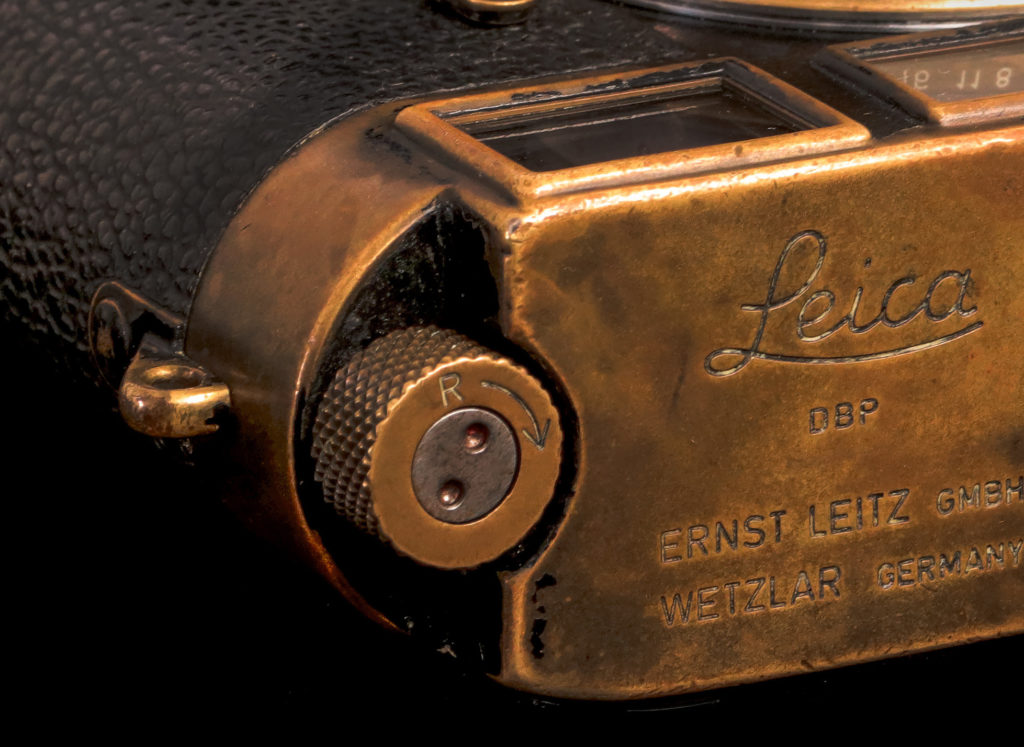The Eyes of the 20th Century: A ‘Magnum Photo Agency’ Black Paint Leica M3
Chiswick Auctions is proud to be London’s only auction house with a dedicated platform for rare and collectible cameras. Among the highlights of our upcoming Photographica auction is a remarkable find: one of the earliest black paint Leica M3 cameras known to survive, delivered in 1958 to the legendary Magnum Photo Agency.
Leica produced almost a quarter of a million M3 cameras between 1954 and 1967, most of which were finished in durable chrome. Fewer than 1,500 black paint versions were officially made, primarily for professional photographers who required discretion in the field. These early black paint models, with their unique finishes and wear patterns, have become some of the most sought-after objects in the camera collecting world.
An Exceptional Provenance
This specific example was one of only 90 black paint M3s made before Leica officially began black paint production in 1959. With a serial number confirming it as the 15th black paint Leica M3 ever delivered, it is the second earliest known example ever offered at public auction. It was sent directly to Magnum’s Paris offices, used by some of the most influential photojournalists of the 20th century.
The accompanying 5cm Summicron lens appears to blend characteristics of both the first and second versions, suggesting it may have been a custom request. Together, the camera and lens represent a significant piece of photographic history.

Leica and the Legacy of Magnum
Founded in 1947 by photographers including Henri Cartier-Bresson and Robert Capa, Magnum became a bastion of photojournalism. Its members documented the defining events of the 20th century, and they relied heavily on the Leica M3 for its discretion, precision, and reliability.
Unlike SLR cameras, the M3 allowed photographers to keep their eye on the subject while shooting, making it ideal for capturing spontaneous, decisive moments. This camera design has barely changed in decades, a testament to its enduring quality and Leica’s unrivalled reputation.

Beauty in Use: Condition and Value
This camera is not a mint-condition shelf piece. Instead, its brass patina and heavy wear tell the story of a life spent in action. Mechanically sound, the camera remains fully functional, and its aesthetic character reflects decades of use as a professional tool.
Comparable examples have achieved notable results. In 2014, the earliest known black paint Leica M3 sold for £320,000 in Hong Kong. Sean Flynn’s Leica M2, used in Vietnam, sold for €60,000 in 2018. Bidding for this camera will start at £40,000 to £50,000, but with its rarity and exceptional provenance, its final price is anyone’s guess.
Interested in the value of your vintage camera or photographic equipment?
Our Photographica Department offers complimentary auction valuations for cameras, lenses, and accessories. Whether you own a single item or an entire collection, our specialists are happy to advise.
Contact:
Email: photographica@chiswickauctions.co.uk
Or submit details via our Online Valuation tool.